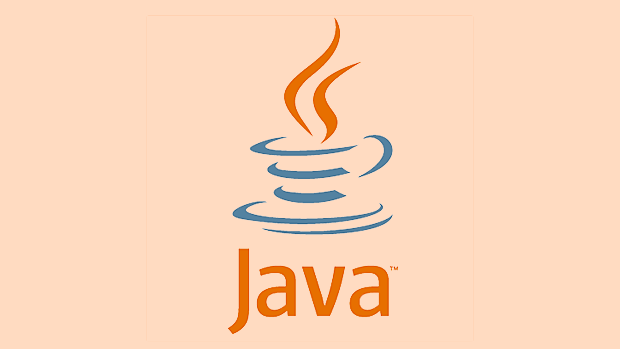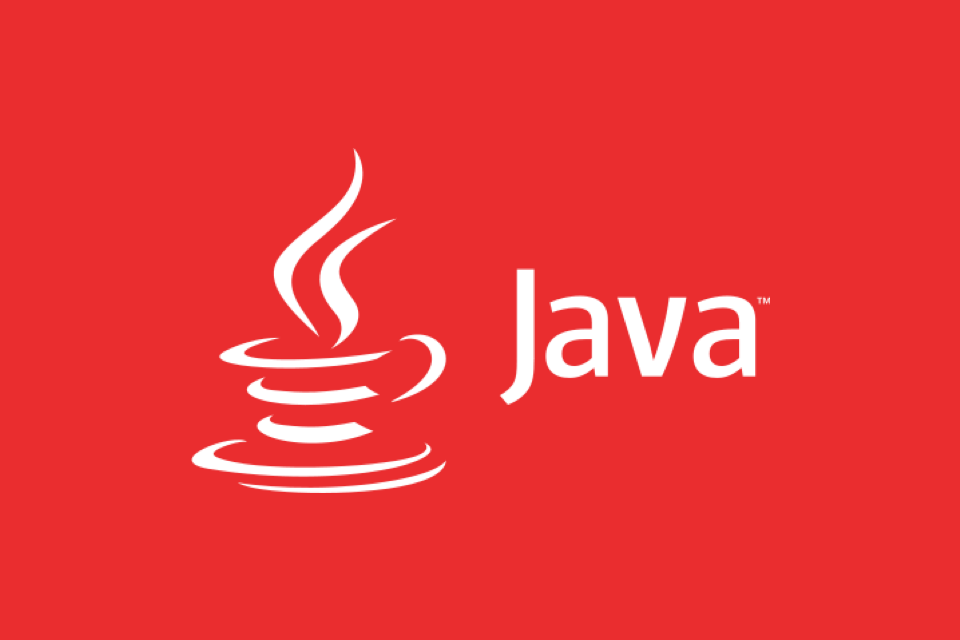The transient keyword in Java prevents specific fields from being serialized. 1. It is used to exclude sensitive data (e.g., passwords), temporary values, or fields that can be recomputed after deserialization. 2. Fields marked as transient are skipped during serialization and reset to default values (null for objects, zero/false for primitives) upon deserialization. 3. It improves security, performance, and compatibility when dealing with unserializable types or cached data. 4. Usage is straightforward: declare a field with private transient Type fieldName;. 5. Custom serialization logic can be added using writeObject() and readObject(). 6. Note that transient does not affect static fields or in-memory behavior, and it doesn’t encrypt data—it only omits it from the serialized stream.

In Java, the transient keyword plays a specific but important role when it comes to object serialization. If you're working with saving and restoring Java objects, especially when writing them to files or sending them over a network, understanding transient is key to controlling what gets saved and what doesn’t.

What does transient do?
When a field in a class is marked as transient, it tells Java not to serialize that field. This means if you have an object that implements Serializable, any transient variables won't be saved when the object is written to a stream.
For example, imagine a user object with a password field. You might want to keep that password in memory but not write it to disk for security reasons. Marking it as transient ensures it’s skipped during serialization.

This behavior is useful in situations like:
- Sensitive data (e.g., passwords)
- Temporary or runtime-only values
- Fields that can be safely recomputed after deserialization
When should you use transient?
There are several practical cases where marking a field as transient makes sense:

- Security: As mentioned, fields containing sensitive information shouldn’t be serialized.
- Performance: Large or unnecessary fields may slow down serialization or take up extra space.
-
Unserializable types: If a field contains an object that doesn’t implement
Serializable, marking ittransientavoids errors. - Caching: If a field holds cached results that can be regenerated, there's no need to store it.
You don’t always need transient. Only use it when you actively want to exclude certain fields from being part of the serialized data.
How to use transient in code
Using transient is straightforward. Just add it to the field declaration like this:
private transient String sensitiveData;
Here’s a basic example:
public class User implements Serializable {
private String username;
private transient String password;
// constructor, getters, setters...
}When you serialize an instance of User, the password field will not be included. After deserialization, its value will be null (or the default value for primitive types).
If you ever need custom control beyond just skipping fields, you can also implement writeObject() and readObject() methods to define exactly how your object should be serialized or restored.
Keep in mind:
-
transientonly affects serialization, not in-memory behavior - Static fields aren’t serialized anyway, so
transientisn’t needed there - Using
transienton primitive types works the same way — their default values are restored
A few gotchas to remember
One thing that trips people up is assuming all fields will be automatically restored to their original state after deserialization. But if a field is transient, you’ll need to re-initialize it manually if needed.
Also, version changes can cause issues. If you add or remove transient fields after already serializing some objects, deserialization may still work, but be careful when modifying existing fields incompatibly.
And one more thing: while transient helps with security by omitting sensitive data, it doesn’t encrypt or protect anything — it just skips writing those fields to the stream.
So, basically, transient is a simple but powerful tool in Java for controlling what gets saved when objects are serialized. It’s not complicated, but it’s easy to overlook when designing classes meant for serialization.
The above is the detailed content of The role of the 'transient' keyword in Java. For more information, please follow other related articles on the PHP Chinese website!

Hot AI Tools

Undress AI Tool
Undress images for free

Undresser.AI Undress
AI-powered app for creating realistic nude photos

AI Clothes Remover
Online AI tool for removing clothes from photos.

Clothoff.io
AI clothes remover

Video Face Swap
Swap faces in any video effortlessly with our completely free AI face swap tool!

Hot Article

Hot Tools

Notepad++7.3.1
Easy-to-use and free code editor

SublimeText3 Chinese version
Chinese version, very easy to use

Zend Studio 13.0.1
Powerful PHP integrated development environment

Dreamweaver CS6
Visual web development tools

SublimeText3 Mac version
God-level code editing software (SublimeText3)

Hot Topics
 Applying Semantic Structure with article, section, and aside in HTML
Jul 05, 2025 am 02:03 AM
Applying Semantic Structure with article, section, and aside in HTML
Jul 05, 2025 am 02:03 AM
The rational use of semantic tags in HTML can improve page structure clarity, accessibility and SEO effects. 1. Used for independent content blocks, such as blog posts or comments, it must be self-contained; 2. Used for classification related content, usually including titles, and is suitable for different modules of the page; 3. Used for auxiliary information related to the main content but not core, such as sidebar recommendations or author profiles. In actual development, labels should be combined and other, avoid excessive nesting, keep the structure simple, and verify the rationality of the structure through developer tools.
 The requested operation requires elevation Windows
Jul 04, 2025 am 02:58 AM
The requested operation requires elevation Windows
Jul 04, 2025 am 02:58 AM
When you encounter the prompt "This operation requires escalation of permissions", it means that you need administrator permissions to continue. Solutions include: 1. Right-click the "Run as Administrator" program or set the shortcut to always run as an administrator; 2. Check whether the current account is an administrator account, if not, switch or request administrator assistance; 3. Use administrator permissions to open a command prompt or PowerShell to execute relevant commands; 4. Bypass the restrictions by obtaining file ownership or modifying the registry when necessary, but such operations need to be cautious and fully understand the risks. Confirm permission identity and try the above methods usually solve the problem.
 Differences Between Callable and Runnable in Java
Jul 04, 2025 am 02:50 AM
Differences Between Callable and Runnable in Java
Jul 04, 2025 am 02:50 AM
There are three main differences between Callable and Runnable in Java. First, the callable method can return the result, suitable for tasks that need to return values, such as Callable; while the run() method of Runnable has no return value, suitable for tasks that do not need to return, such as logging. Second, Callable allows to throw checked exceptions to facilitate error transmission; while Runnable must handle exceptions internally. Third, Runnable can be directly passed to Thread or ExecutorService, while Callable can only be submitted to ExecutorService and returns the Future object to
 Exploring Different Synchronization Mechanisms in Java
Jul 04, 2025 am 02:53 AM
Exploring Different Synchronization Mechanisms in Java
Jul 04, 2025 am 02:53 AM
Javaprovidesmultiplesynchronizationtoolsforthreadsafety.1.synchronizedblocksensuremutualexclusionbylockingmethodsorspecificcodesections.2.ReentrantLockoffersadvancedcontrol,includingtryLockandfairnesspolicies.3.Conditionvariablesallowthreadstowaitfor
 How Java ClassLoaders Work Internally
Jul 06, 2025 am 02:53 AM
How Java ClassLoaders Work Internally
Jul 06, 2025 am 02:53 AM
Java's class loading mechanism is implemented through ClassLoader, and its core workflow is divided into three stages: loading, linking and initialization. During the loading phase, ClassLoader dynamically reads the bytecode of the class and creates Class objects; links include verifying the correctness of the class, allocating memory to static variables, and parsing symbol references; initialization performs static code blocks and static variable assignments. Class loading adopts the parent delegation model, and prioritizes the parent class loader to find classes, and try Bootstrap, Extension, and ApplicationClassLoader in turn to ensure that the core class library is safe and avoids duplicate loading. Developers can customize ClassLoader, such as URLClassL
 Handling Common Java Exceptions Effectively
Jul 05, 2025 am 02:35 AM
Handling Common Java Exceptions Effectively
Jul 05, 2025 am 02:35 AM
The key to Java exception handling is to distinguish between checked and unchecked exceptions and use try-catch, finally and logging reasonably. 1. Checked exceptions such as IOException need to be forced to handle, which is suitable for expected external problems; 2. Unchecked exceptions such as NullPointerException are usually caused by program logic errors and are runtime errors; 3. When catching exceptions, they should be specific and clear to avoid general capture of Exception; 4. It is recommended to use try-with-resources to automatically close resources to reduce manual cleaning of code; 5. In exception handling, detailed information should be recorded in combination with log frameworks to facilitate later
 Asynchronous Programming Techniques in Modern Java
Jul 07, 2025 am 02:24 AM
Asynchronous Programming Techniques in Modern Java
Jul 07, 2025 am 02:24 AM
Java supports asynchronous programming including the use of CompletableFuture, responsive streams (such as ProjectReactor), and virtual threads in Java19. 1.CompletableFuture improves code readability and maintenance through chain calls, and supports task orchestration and exception handling; 2. ProjectReactor provides Mono and Flux types to implement responsive programming, with backpressure mechanism and rich operators; 3. Virtual threads reduce concurrency costs, are suitable for I/O-intensive tasks, and are lighter and easier to expand than traditional platform threads. Each method has applicable scenarios, and appropriate tools should be selected according to your needs and mixed models should be avoided to maintain simplicity
 What is the purpose of the `static` keyword in Java?
Jul 05, 2025 am 02:36 AM
What is the purpose of the `static` keyword in Java?
Jul 05, 2025 am 02:36 AM
Static keywords are used in Java to create variables and methods that belong to the class itself, rather than instances of the class. 1. Static variables are shared by instances of all classes and are suitable for storing data shared by all objects, such as schoolName in the Student class. 2. Static methods belong to classes and do not depend on objects. They are often used in tool functions, such as Math.sqrt(), and can only access other static members. 3. Static code blocks are used to perform initialization operations when class loading, such as loading libraries or setting logs. 4. Static inner classes can be instantiated independently of the external class, but non-static members of the external class cannot be accessed. Rational use of static can effectively manage class-level resources and behaviors.






